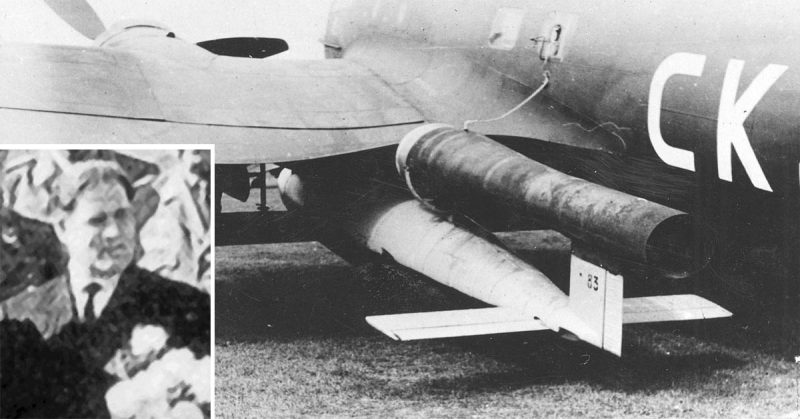During the Second World War, there were several truly successful escapes from German captivity. Being corralled in captivity, many of the prisoners were not willing to put up with their lot. They sought like-minded people, sabotaged the labor process and organized a escape attempts. One of the unique cases of escape was committed by a group of ten prisoners under the command of pilot Mikhail Petrovich Devyataev.
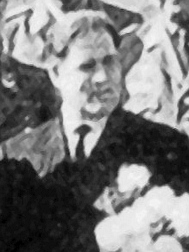
Peenemunde Test Site
In 1937, the Rocket Center Peenemunde on the island of Usedom in the Baltic Sea began work on the development and testing of missiles. In particular, there was work carried out on a series of V-2 ballistic missiles from chief designer Wernher von Braun.
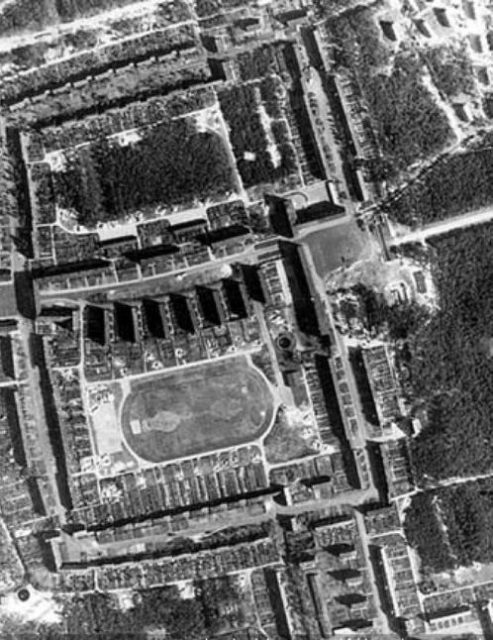
During the war, forced labor of tens of thousands of prisoners of concentration camps was involved in the German rocket industry. In 1943, the number at the rocket research center Peenemunde was more than 15,000 people.
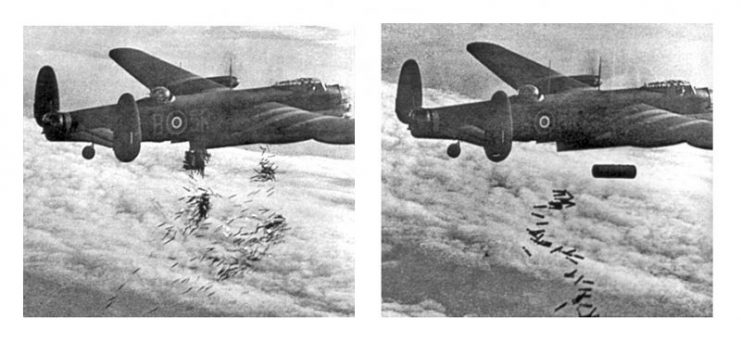
On August 17, 1943, 597 heavy bombers of the British Air Force inflicted a massive air attack on the island of Usedom. As a result, the Peenemunde Research Center received serious damage and lost hundreds of specialists. Despite this setback, intensive work was carried out there until the very end of the war.
In addition, there was also accelerated development of anti-aircraft missiles such as Wasserfal, Schmetterling, and others. In total, 264 V-2 launches were carried out from the island. The last missile from the test site was released on February 19, 1945.
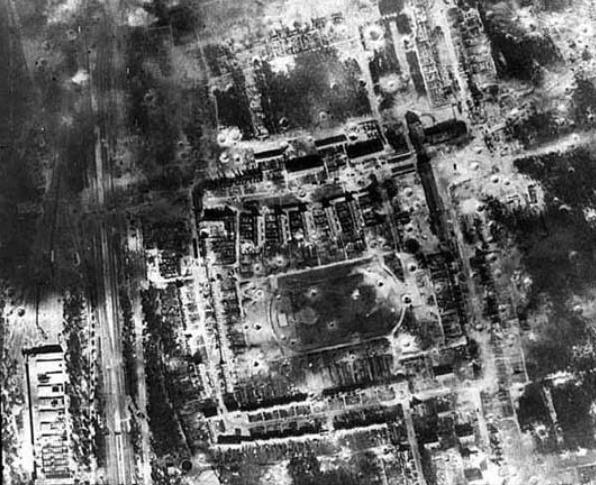
Not far from the Peenemunde missile center, the concentration camp Karlshagen was located. Since 1943, thousands of prisoners lived and worked in inhumane conditions there. Their duties included neutralizing un-exploded bombs and eliminating the consequences of bombing.
This camp contained the former pilot Mikhail Devyataev, who by lucky coincidence in October 1944 was transferred to work on the island of Usedom.
After arriving on the island, Devyataev was acquainted with two other Soviet prisoners, Sokolov and Krivonogov, who, with a group of other prisoners, planned to escape across a strait in a boat. However, Devyatayev convinced them that the best way was to capture a German plane and fly away. After that, they assembled a team of 10 prisoners working alongside the airfield and began to prepare an escape plan.
Preparing for an escape:
The future fugitives cunningly got into the airfield team that would work in close proximity to the aircraft. Since the group consisted of 10 people, the Heinkel He 111 bomber was chosen as the aircraft for the escape.
Mikhail Devyataev had no experience in piloting bombers and German aircraft. For this reason, it was necessary to collect information about enemy technology. Devyatayev described this process in his book “Escape from Hell”:
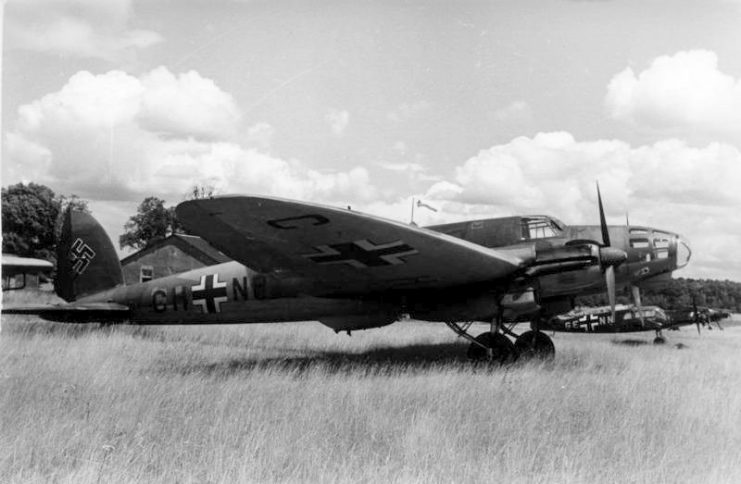
“I began to study the details of severely damaged aircraft, although there was a risk of being shot. Often we were instructed to clean up the wreckage of the aircraft. During this work, I tore off the dashboard’s different plates, hid them in pockets, in a kettle, and when I returned to the barracks, I tried to figure out what was what, I studied the purpose of the instruments.
When the engines roared, I wanted to look with at least one eye at the actions of the pilot who started the engines for heating. Gently raising myself to the wing, I saw how he handled the levers in the cabin, which he made preparing the launch of the aircraft. And the pilot, apparently wanting to boast of his skill, then turned on and off the engines.”
For the escape, the time was chosen when German soldiers would leave for a lunch break. Devyataev described the decision in his book:
“At this time, the fascists leave their jobs. We noticed that if a German was driving a nail, and at this time the bell rang for lunch, he would quit his job immediately and leave. First, he will have lunch, and then he will finish nailing this nail afterward.”
Escape from Hell:
The first two attempts to get to the plane were unsuccessful. The reason for this was the presence of the crew and the airfield team. In one of the attempts, Devyataev decided to change the plan and take another plane but failed. After waiting for the right moment for the third attempt, the team decided to act. Ivan Krivonogov, using metal he had sharpened, killed the guard.
Initially, five people took part in the escape. Next, to this place, there were 5 more prisoners who did not know about the escape. Ivan Krivonogov changed into a guard’s uniform and introduced them to the course of the matter. Then the whole group advanced to the plane. The cockpit was locked, but Mikhail Devyataev managed to make a small hole in the casing and to reach the door handle.
“I pressed all the buttons at once. The devices did not light up … there were no batteries! … “Failure!” – pierced my heart. Before my eyes, a gallows appeared and 10 corpses dangling on it.”
The prisoners, without wasting time, found a cart with batteries and connected it to the aircraft network. This allowed the engines to start. After warming up the engines, the plane began to move along the runway. The first attempt to take off was not successful.
“With incredible force, I pressed my foot on the left brake pedal and increased the speed of the right engine. As if in a tornado, the plane acquired a furious rotational motion.”
After turning, the plane came to the starting position for making a second attempt. By this time, the Germans tried to stop the plane.
They did not expect Heinkel to move toward them. Devyatayev had no intention of stopping and drove directly at them. They rushed in all directions. Those that were far away and were safe took out pistols from the holster. Others fled to their antiaircraft guns. But time was won, only time, not victory. The plane again rushed to the end of the airfield, from which we began to rise in the air.
In order to tear the plane off the runway, it took an effort of three people. The second attempt was successful, the plane took off and began to gain altitude.
At gunpoint
After take-off, the plane was heavily reeling because for a while Devyatayev could not manage the steering alone. Only after a detailed study of the instruments of the plane did he find the reason. The wheel of the elevator trimmer was in the position for landing, not flying. After adjusting the trimmer, aircraft control became possible by himself.
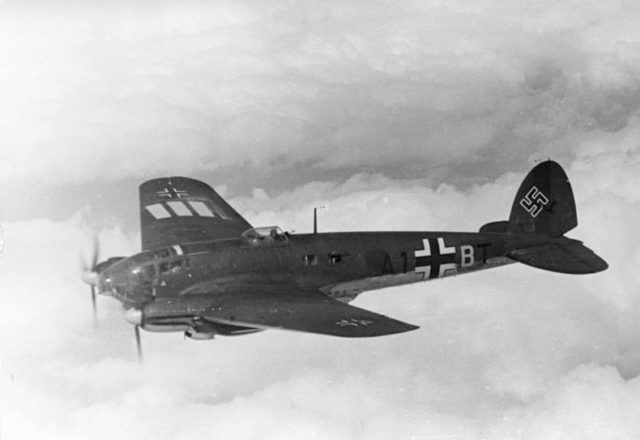
In the process of gaining altitude, enemy fighter planes were observed taking off to intercept them. However, thanks to dense clouds, the fighters lost sight of the stolen He-111.
After leaving the clouds, Devyataev’s group flew eastward, and then to the south, according to their only map. Soviet troops presumably were stationed there. After crossing the Baltic coast, 300-400 kilometers from the takeoff site, the aircraft was subjected to firing. The fire was conducted by Soviet anti-aircraft artillery and the right wing was damaged and two people were injured.
Mikhail Devyataev decided to make a hard landing on a snow-covered field. After landing, escaped prisoners were taken by soldiers of the 61st Soviet Army.
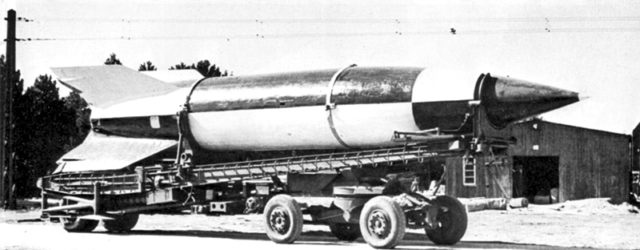
Result
The escape of Devyataev’s group received a huge response. The abducted aircraft was equipped with special equipment, which guided the course of the V-2 rocket. On February 13th, 1945 Goering arrived on the island of Usedom and ordered the execution of the chief of the airbase and commandant of the camp. According to one version, Hitler overruled this order. According to another version, they avoided the death sentence because they lied that they caught up to and shot down the plane.
Devyataev and his team were placed in a camp of the NKVD. There they were repeatedly interrogated. As a result, it was decided to return them to serve in the Red Army. Thanks to the report of Devyataev in March 1945, Soviet troops occupied the island of Usedom. Soviet experts were then sent to study German missile technology.
Read another story from us: The Man Who Escaped 200 Times From A Nazi PoW Camp To Visit His Lover
In September 1945, Devyataev assisted the chief Soviet ballistic missile designer, Sergei Korolev. He took part in the creation of the first Soviet R-1 rocket based on V-2. On August 15, 1957, at the request of Sergei Korolev, Mikhail Devyatayev received the title of Hero of the Soviet Union.
